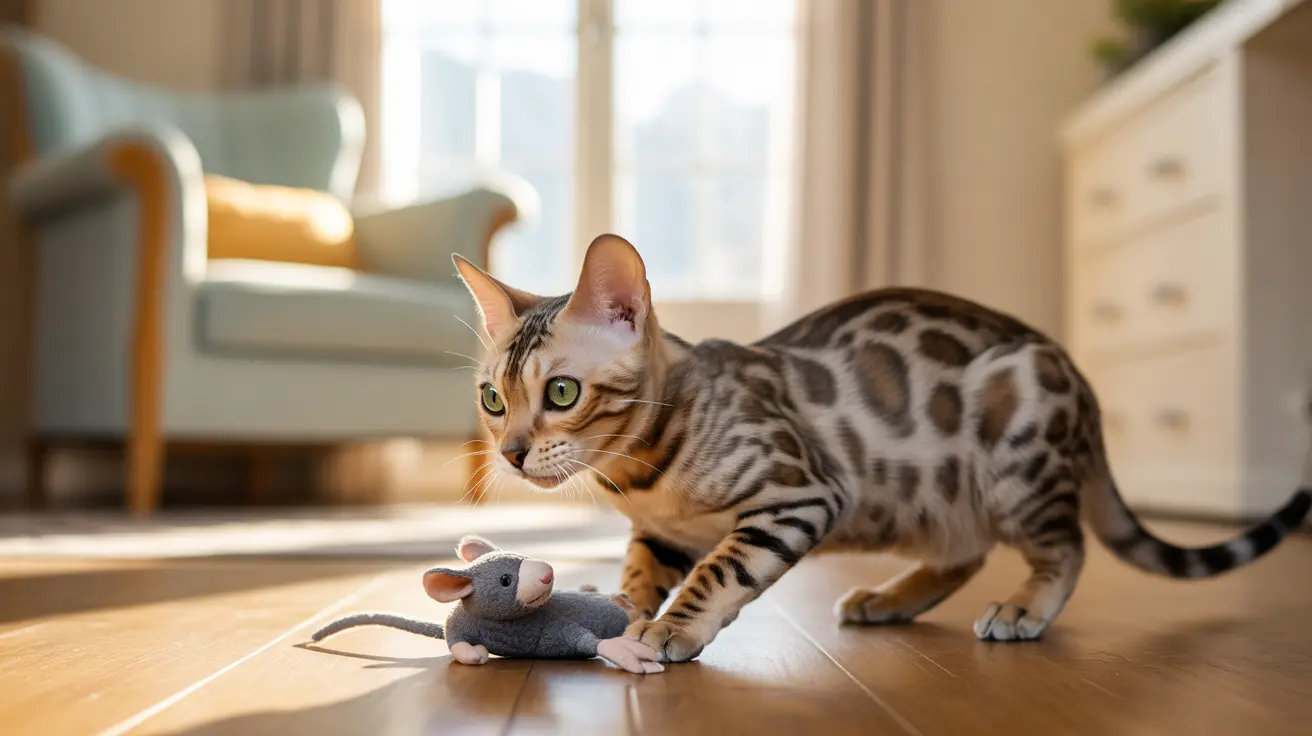The Dark Side of Cat Biology
Perhaps the most disturbing aspect of cat biology involves their ability to spread Toxoplasma gondii, a parasitic infection that can affect humans. This microscopic organism can actually alter human behavior, potentially making people more attracted to cats and more prone to risk-taking behavior. Even more unsettling, up to 30% of the world's population may be infected without knowing it.
Cats also possess a hidden third eyelid called the nictitating membrane, which typically remains concealed but can become visible when they're ill or extremely tired. This translucent membrane gives cats an otherworldly appearance that's particularly unsettling when noticed by unsuspecting owners.
Predatory Instincts and Hunting Behaviors
Despite their cuddly appearance, cats are remarkably efficient predators. Their hunting instincts manifest in ways that can be deeply disturbing to humans. For instance, cats often bring "gifts" of dead animals to their owners, sometimes playing with their prey before delivering the final blow.
Even more unsettling is their technique of hunting: cats don't always kill their prey immediately. Instead, they frequently torture their catches, batting them around and allowing them to escape repeatedly before finally finishing them off. This behavior serves to tire out potentially dangerous prey but can be difficult for owners to witness.
Unusual Sensory Abilities
Cats possess sensory capabilities that seem almost supernatural. Their whiskers can detect minute changes in air pressure, allowing them to navigate perfectly in complete darkness. They can also hear frequencies up to 64 kHz – far beyond human capacity – enabling them to detect things we can't perceive.
Their eyes reflect light in an eerie way thanks to a layer called the tapetum lucidum, which gives them that characteristic glowing appearance in the dark. This adaptation allows them to see in light six times dimmer than what humans need, but it creates an undeniably creepy effect.
Strange Social and Territory Marking Behaviors
Cats have peculiar ways of marking their territory and showing affection that many find unsettling. They possess scent glands in their faces, paws, and anal region, which they use to mark their territory – including their human companions. When your cat rubs against you, they're actually marking you as their property.
Even more disturbing is their habit of sniffing and licking each other's anal regions as a form of social greeting and health check. This behavior, while natural to cats, can be particularly off-putting to witness, especially when they attempt to extend this courtesy to their human family members.
Frequently Asked Questions
What are some disturbing or creepy biological facts about cats that pet owners should know?
Cats possess a third eyelid, can see in near-darkness, and their bodies are specifically designed to process seawater. They also carry parasites that can influence human behavior, and their brains share identical emotional centers with humans despite our distant evolutionary relationship.
Why do cats sniff or lick their own and other cats' behinds, and is this behavior hygienic?
This behavior is a natural form of social interaction and health monitoring among cats. While unsettling to humans, it allows cats to gather important information about each other's health and status through scent glands located in this region. While generally hygienic for cats, it's best to discourage them from extending this behavior to humans.
How can owning cats pose health risks related to parasites like Toxoplasma gondii?
Cats are the only known definitive hosts for Toxoplasma gondii. They can spread the parasite through their feces, potentially infecting humans who clean litter boxes or garden in soil where cats have defecated. Pregnant women and immunocompromised individuals should be especially careful.
What unusual or gross behaviors do cats commonly display, such as bringing dead animals or drinking from toilets?
Besides bringing dead "presents" and drinking from toilets, cats may exhibit behaviors like eating non-food items (pica), scooting across floors due to anal gland issues, and spraying urine to mark territory. They might also eat plants and dig in potting soil, which can expose them to parasites.
Why do cats often knock objects off surfaces and what does this behavior mean?
This behavior serves multiple purposes: testing object properties, seeking attention, and practicing hunting skills. While it might seem purely destructive, it's actually a complex behavior rooted in their predatory nature and need for environmental control and interaction.
Understanding these disturbing cat facts helps us better appreciate the complex nature of our feline companions, even if some of their behaviors might make us uncomfortable. Remember, these traits are part of what makes cats such fascinating and unique pets.






